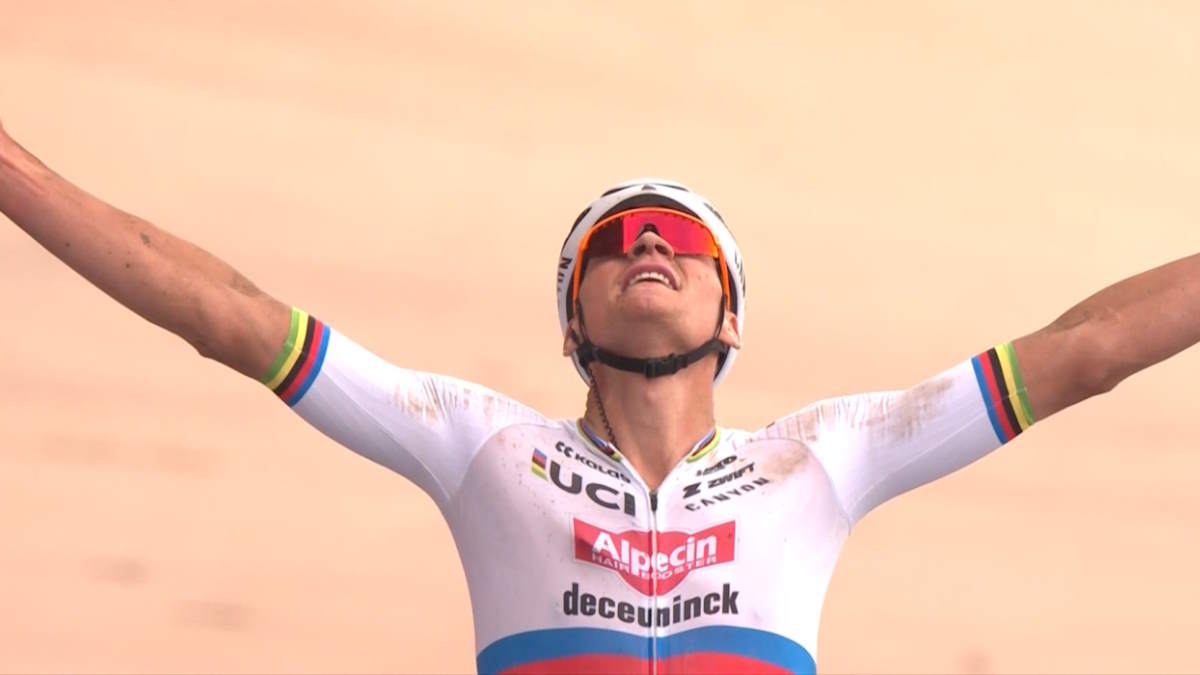In the world of professional cycling, where mere seconds can determine victory or defeat, every technological advancement counts. Colnago, a name synonymous with cycling excellence, has just unveiled its latest innovation: an all-new aero bike designed for UAE Team Emirates and their star rider, Tadej Pogačar. This new release marks a significant milestone for Colnago, which had long faced criticism for not having a competitive aero bike in its lineup. With promises of improved aerodynamics, greater stiffness, and enhanced efficiency, this cutting-edge machine is set to redefine speed and performance on the road. As cycling fans eagerly await its debut in the upcoming season, the question remains: Could this be the bike that gives UAE Team Emirates the edge they need to dominate the peloton again this year?









![Col de Tourmalet [Amazing photo from the 1953 Tour de France]](https://cdn-0.cycling-passion.com/wp-content/uploads/2024/01/Col-du-Tourmalet-Tour-de-France-1953.jpg)